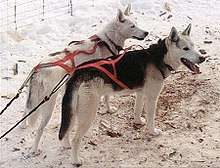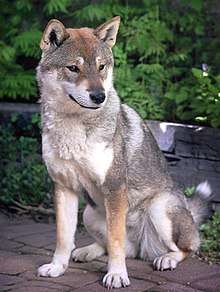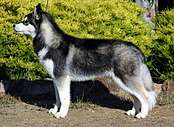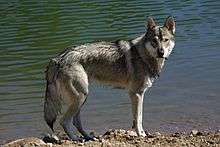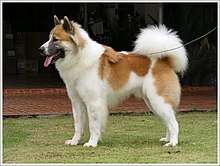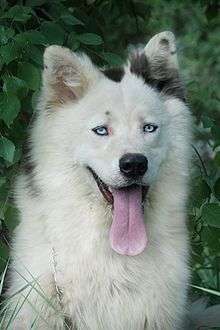Spitz
Spitz (also pluralized spitzes or, borrowing from German, Spitze) are a type of domestic dog characterized by long, thick, and often white fur, and pointed ears and muzzles. The tail often curls over the dog's back or droops.

The exact origins of spitz dogs are not known, though most of the spitz seen today originate from the Arctic region or Siberia.[1] The type was described as Canis pomeranus by Johann Friedrich Gmelin in his revision of Systema Naturae in 1788 (printed in English in 1792).[2]
Working dogs
Through selective breeding, spitz have been developed to help humans in three ways: hunting, herding, and pulling sleds.
The larger and more powerful breeds—such as the Akita Inu, Karelian Bear Dog, Norwegian Elkhound, and Swedish Elkhound—are used for big game hunting, helping humans kill moose and brown bears. Smaller breeds—such as the Norwegian Buhund, the Finnish Spitz and the Lundehund—were used in Scandinavia to hunt birds and smaller mammals. The Samoyed from Siberia was used to herd elk and deer.
The Finnish Lapphund, Swedish Lapphund and Lapponian Herder were used by the Sami people to herd reindeer, but also for hunting and as sled dogs.
Three of the largest spitz, the Alaskan Malamute, Canadian Eskimo Dog, and the Greenland Dog, were used to pull sleds, until the 19th century. During that century, when fur trapping and sled dog racing became lucrative businesses, the smaller and faster Siberian Husky was used more frequently in Canada and Alaska.
Characteristics
Spitzes are well suited to living in harsh northern climates. They often have an insulating, waterproof undercoat that is denser than the topcoat to trap warmth. Small ears help to reduce the risk of frostbite, and thick fur that grows on the paws protects the dogs from sharp ice. Many spitz breeds, like the Akita and Chow Chow, retain wolf-like characteristics like independence, suspiciousness, and aggression towards unfamiliar humans and other dogs, and they require much training and socialization when they are puppies before they become manageable in an urban environment. Some, such as the Karelian Bear Dog, are more difficult to train as companion dogs. Some sources claim spitzes are more prone to rabies than other dog types.[3] Some breeds, such as the Pomeranian, have manes.
Companions and toys
Spitzes, with their thick fur, fluffy ruffs, curled tails and small muzzles and ears, have been bred into non-working dogs designed to be companions or lap dogs. This trend is most evident in the tiny Pomeranian, which was originally a much larger dog closer to the size of a Keeshond before being bred down to make an acceptable court animal. The Keeshond, the Wolfspitz variation of the German Spitz, is an affectionate, loyal, and very energetic pet that was bred as a watch-dog for barges (hence the name Dutch Barge Dog). Often, these breeds are recognized for their "smiling" mouths. Other spitzes that have been bred away from working uses are the American Eskimo Dog, Alaskan Klee Kai, German Spitz, Volpino Italiano and Japanese Spitz.[4]
Dog breeds
This list might not be complete. The dogs listed here might be classified as toy dogs, herding dogs, sled dogs, and in other types.
|
References
- http://www.woofahs.com/dog_breeds/spitz_dog_breeds.html
- Linnaeus, C. (translated and revised by R. Kerr). 1792. The Animal Kingdom; or, zoological system of the celebrated Sir Charles Linnaeus. Class I. Mammalia and Class II. Birds. Being a translation of that part of the Systema Naturae, as lately published with great improvements by Professor Gmelin, together with numerous additions from more recent zoological writers and illustrated with copperplates. J. Murray, London, 644 pp.
- Peterson, Vivienne (March 2008). "Mad Dog! The Vilification of the White Pomeranian or Spitz in 19th New York City". Archived from the original on 28 May 2011. Retrieved 10 June 2011.
- Gest, Jason. "What Is a Spitz Type Dog?". Cute Pomsky. Retrieved 4 January 2016.
- Ostrander, Elaine A. (August 16, 2012). "Both Ends of the Leash- The Human Links to Good Dogs with Bad Gene". The New England Journal of Medicine. 367 (7): 636–646. doi:10.1056/NEJMra1204453. PMC 3508784. PMID 22894576.
- Wanye, Robert K.; Ostrander, Elaine A. (October 25, 2007). "Lessons learned from the dog genome". Trends in Genetics. 23 (11): 557–567. doi:10.1016/j.tig.2007.08.013. PMID 17963975.
External links




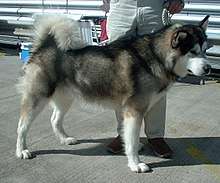

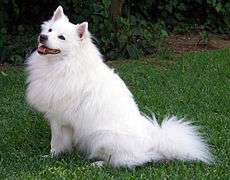

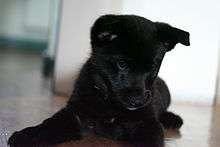

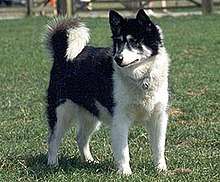
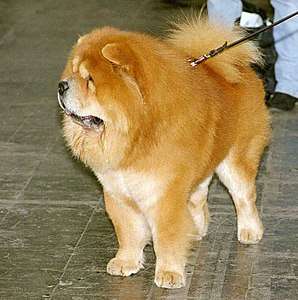


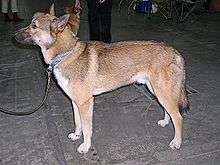
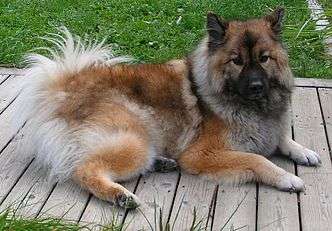
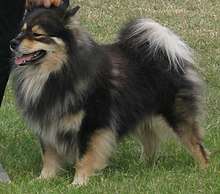
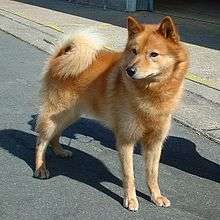

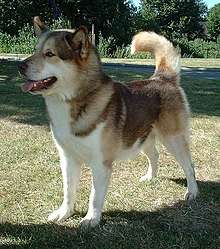





.jpg)




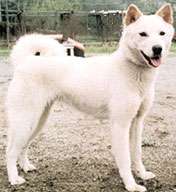








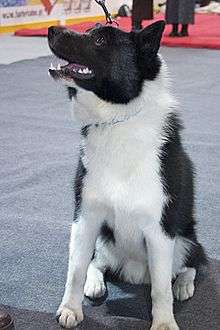
.jpg)

